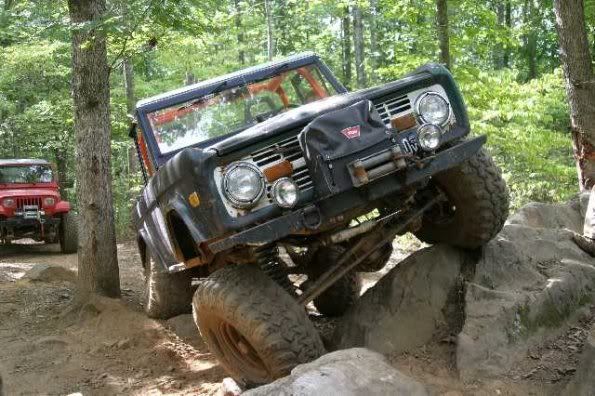I'm not a believer either, the C bushings being either poly or rubber are going to allow movement, so once driven and/or flexed, things should find their own locations. It might pull a lean out at first, but I doubt it's a permament fix. Or you may have a lean after installation, but I bet it'll work itself out.
It worked for me. When I first installed new c-bushings and lift springs on mine, I too thought it might settle in to place after some driving and flexing. At least a year and 1,000 miles later and it still had the same amount of lean. Then I tried the prescribed cure above...it took several attempts to get the radius arms parallel, but when I bolted everything back together, the lean was gone. No components on the vehicle were changed the second time around, only my procedure in tightening down and ensuring consistency of the pitch between the radius arms.















